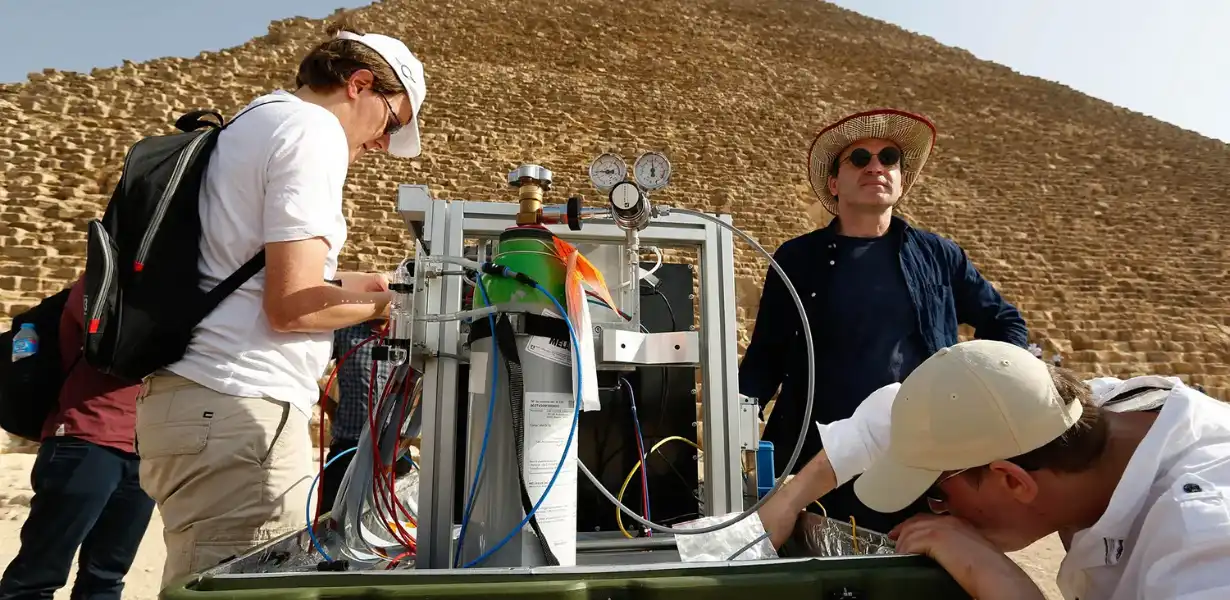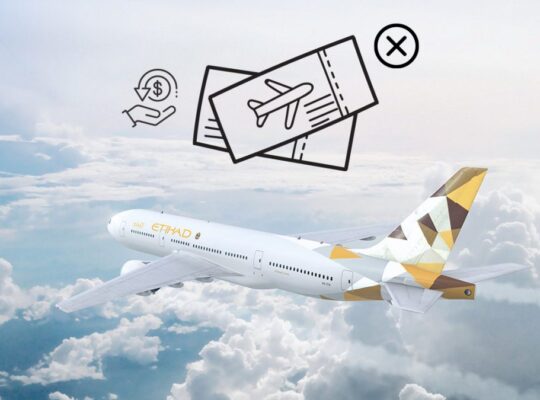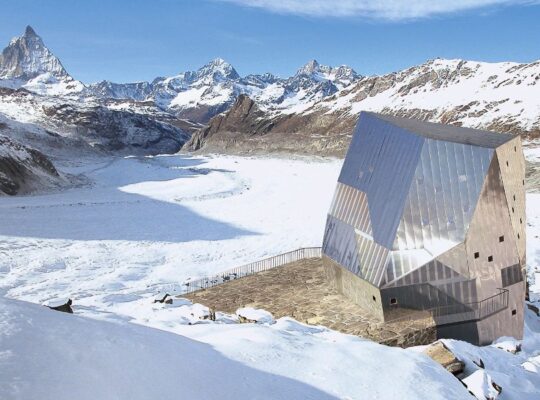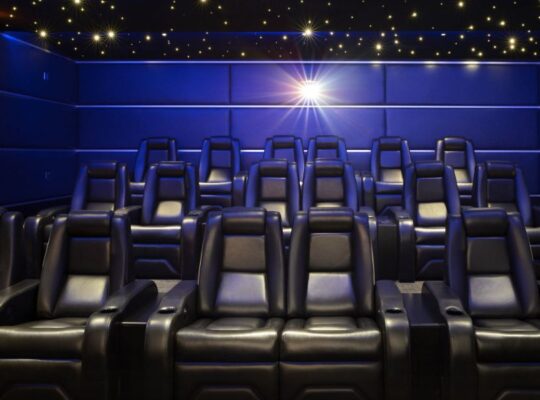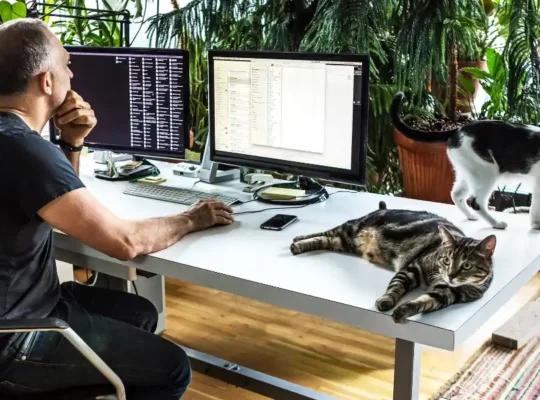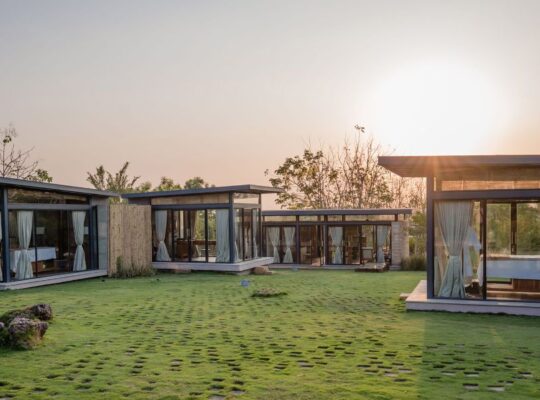In the intricate world of archaeological excavations, technology is orchestrating a silent revolution. The Digital Archaeology Toolkit is rewriting the rules of engagement, transforming ancient site explorations into a seamless blend of history and cutting-edge innovation. Let's delve into the mesmerizing realm where the past meets the future.
Ancient Sites: A Tapestry of Time
Exploring the Rich Tapestry of Our Ancestral Footprints
Ancient sites serve as silent storytellers, preserving the echoes of bygone eras. Each artifact, every layer of soil, unveils a chapter of our human saga. As technology marches forward, so does our ability to decipher and appreciate the intricate narratives embedded in these archaeological wonders.
The Digital Archaeology Toolkit Unveiled
Revolutionizing Excavations Through Technological Prowess
In the heart of this evolution is the Digital Archaeology Toolkit, a sophisticated amalgamation of gadgets and software reshaping the way we uncover and interpret history. From LiDAR mapping to 3D printing, the toolkit is a treasure trove of innovations, breathing life into artifacts frozen in the sands of time.
LiDAR Mapping: Illuminating the Past
Peeling Back the Layers with Laser Precision
LiDAR (Light Detection and Ranging) technology has become the lighthouse guiding archaeologists through the dense fog of history. By beaming laser pulses to the ground, it unveils hidden structures and terrains, allowing researchers to create detailed 3D maps. The result? A virtual journey through time, exposing concealed treasures.
3D Printing: Resurrecting Ancient Artifacts
Bridging Past and Present with Technological Resurrection
In the realm of Digital Archaeology, 3D printing is the magic wand resurrecting artifacts with astonishing accuracy. From intricate pottery to delicate skeletal remains, this technology allows archaeologists to recreate and study items without risking damage to the originals. It's a dance between the past and the present, harmonizing tradition with innovation.
Augmented Reality: Stepping into History
Merging Realms for an Immersive Experience
As archaeologists sift through the sands, augmented reality (AR) is paving a new way to experience ancient sites. Imagine standing amidst the ruins, donning AR glasses that transport you to the site's prime, reconstructing buildings, and witnessing historical events unfold around you. The past isn't just observed; it's lived.
Big Data Analytics: Decoding the Cryptic Script
Unraveling Complex Narratives with Analytical Precision
The Digital Archaeology Toolkit isn't just about tangible artifacts; it's about processing vast amounts of data to extract meaningful insights. Big data analytics has become the codebreaker, deciphering the cryptic script of the past. Patterns emerge, connections form, and the historical jigsaw puzzle begins to reveal its secrets.
Drones: Aerial Perspectives on History
Soaring Above Ancient Landscapes for Unprecedented Insights
Drones, with their bird's-eye view, have revolutionized archaeological surveys. Soaring over vast terrains, they capture high-resolution images, revealing hidden structures and patterns imperceptible from the ground. The skies become a canvas, painting a more comprehensive picture of ancient civilizations.
Virtual Reality: Time-Traveling from Anywhere
Immersive Experiences Beyond Geographic Boundaries
Virtual Reality (VR) transcends the limitations of physical presence, allowing enthusiasts worldwide to embark on virtual expeditions. Tour ancient sites, explore forgotten chambers, and interact with artifacts—all from the comfort of your home. The Digital Archaeology Toolkit transforms history into a shared, immersive experience.
Blockchain: Preserving Authenticity in a Digital Era
Securing the Historical Record for Generations to Come
In an era rife with digital manipulation, blockchain technology emerges as the guardian of historical authenticity. By creating immutable records, it safeguards archaeological findings from tampering, ensuring that the truth of our past endures for generations yet unborn.
The Future of Digital Archaeology: Where Innovation Meets Legacy
Paving the Path for Future Discoveries
As the Digital Archaeology Toolkit evolves, it beckons a future where the lines between archaeology and technology blur. The journey continues, with each discovery challenging our perceptions and rewriting the annals of history.
Final Words
In the delicate dance between spades and circuits, the Digital Archaeology Toolkit orchestrates an exquisite symphony. Ancient sites, once silent witnesses, now speak through the language of technology, revealing tales that transcend time. The fusion of history and innovation beckons us to reimagine our past, illuminating the path to a future where every artifact tells a story.
Commonly Asked Questions
1. How does LiDAR mapping work in archaeological excavations?
LiDAR mapping employs laser pulses to create precise 3D maps, revealing hidden structures and terrains. It revolutionizes archaeological surveys, offering a comprehensive view of ancient landscapes.
2. Can 3D printing accurately replicate ancient artifacts?
Yes, 3D printing can recreate artifacts with remarkable accuracy. It allows archaeologists to study and share replicas without risking damage to the originals.
3. What role does blockchain play in preserving archaeological authenticity?
Blockchain ensures the authenticity of archaeological findings by creating immutable records. It safeguards the historical record from tampering and manipulation.
4. How are drones transforming archaeological surveys?
Drones provide aerial perspectives, capturing high-resolution images that unveil hidden structures and patterns. They revolutionize archaeological surveys by offering unprecedented insights from above.
5. How does augmented reality enhance the exploration of ancient sites?
Augmented reality allows for an immersive experience at ancient sites. By donning AR glasses, enthusiasts can witness historical events and explore reconstructed buildings, bringing the past to life.


